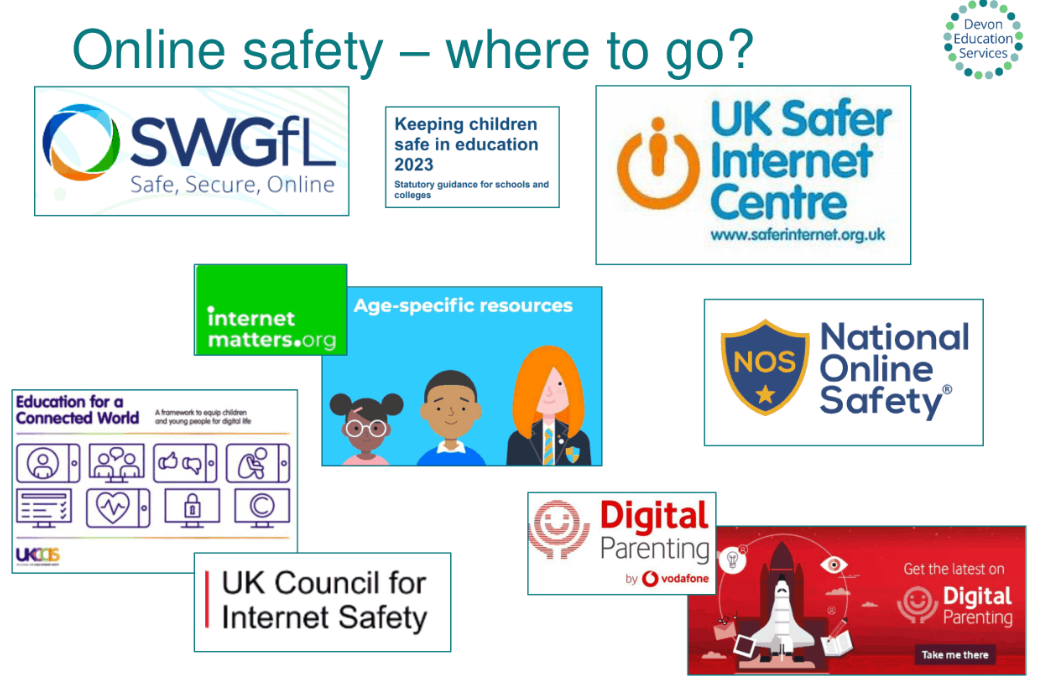Keeping Children Safe
Headteacher: Designated Safeguarding Lead (DSL)
Mrs Lucy Hill (Contact: head@stnicholas.dsat.org.uk)
Deputy Headteacher: Deputy Designated Safeguarding Lead (DDSL)
Mrs Sarah Waddington (Contact: deputy@stnicholas.dsat.org.uk)
Additional Safeguarding Support:
Deputy Designated Safeguarding Lead (DDSL)
Miss Becky Pistell (DDSL)
Chair Of Governors:
Safeguarding Governor
Mrs Fay Hodder (Contact: Fhodder@stnicholas.dsat.org.uk)
The difference between Safeguarding and Child Protection
| Safeguarding applies to all children and young people. |
| Child Protection applies to children who have/are experiencing abuse in their lives. |
Safeguarding and Child Protection is about managing risk.
The role of the school:
Everyone who comes into contact with children and their families has a role to play in safeguarding children. School staff are particularly important as they are in a position to identify concerns early and provide help for children, to prevent concerns from escalating. (Keeping Children Safe in Education, 2022)
Safeguarding is what we do for all children and young people to keep them safe whilst in our care. Child Protection describes the policy and procedures specifically for those young people who are at risk of serious harm or have been seriously harmed.
Safeguarding starts as soon as children enter the school and aims to ensure that all our staff are well trained and know how to behave appropriately. Our staff and volunteers go through all safeguarding checks on successful appointments to the school. When staff have concerns they know who to speak to and understand the next steps that will take place.
Keeping Children Safe In Education 2024
Child-Friendly Anti-Bullying Policy
Online Safety
-
NSPCC
Keeping Children Safe Online

As a safeguarding school, we take online very seriously. We are aware of the need to keep pupils safe in this digital age and promote online safety across each year group of the school, ensuring children are aware of our Internet Use expectations and how to keep themselves safe when using the Internet.
It is essential that school and parents/carers work together to promote online safety messages to the children in our care and to provide guidance to children on how to keep safe on line and what to do if they are uncomfortable in a situation.
Below you can find links to useful websites and resources that will help to keep children safe in the digital world.
If you have and questions or concerns with regards to online safety then please do not hesitate to contact us.
Top Tips for Parents and Carers
Have a look at the tips and links below with some suggestions on how to get you started and help you to stay safe and positive online. You and your family can #PlayYourPart in creating a better internet by…
Having conversations without judgement.
Whether by playing games, watching videos, or doing things your child enjoys, spending time together online is a great way to start conversations about the online world and how they’re finding being a part of it.
It is important to ask questions and take an interest in what your child enjoys online.
An essential part of having this open dialogue is to not judge, even if their behaviour or life online isn’t what you wanted or expected. This ensures that your child feels they can come to you if ever they make a mistake or experience a problem online.
Knowing where you can learn more about their favourite apps and games.
Websites like Common Sense Media or The Family Gaming Database can be invaluable sources of information. When your child starts talking about a new game or app, why not do some research into the reporting and blocking options available? Then you can help your child if they come to you with an issue.
Getting support if things go wrong.
There are lots of organisations who are there to support you and your family if something has gone wrong. The Report Harmful Content website can help you with issues such as cyberbullying, impersonation and threats. You can report worrying behaviour towards children to CEOP. Find out more on Childnet’s Get Help page.
Reassuring your child that whatever happens online, you are there to support them.
Let your child know that the best way to address any problem they have online, is to tell a trusted adult immediately. For example, this might include someone sending them a friend request; an online message; telling them to visit a specific website, or app; or asking them for their personal information. Reassure them that if anything happens online that they are unsure about, or makes them feel worried or upset, they can come to you for help.
-
Common Sense Media
Reviews of Films/Books and Games with Age Ratings
